
29 Oct Artist Spotlights: Michael Kessler
Michael Kessler creates large-scale, mixed-media artworks that straddle the line between abstraction and realism. His meticulous mashups of neatly plotted grids and biomorphic tree forms invite viewers to contemplate their own place in the natural world. Using at least 40 and sometimes as many as 100 micro-thin, translucent layers of paper and acrylic paint, Kessler seeks to awaken memories of nature and engender a sense of awe and wonder at the vast universe we can never comprehend. “I like to think I deconstruct and reconstruct the elements of nature,” he says of his work.
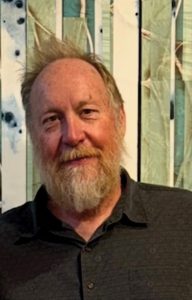
Growing up near Gettysburg, Pennsylvania, Kessler was a farm boy who was always out tramping around in the barn or the fields. “We had 100 acres with 40 cows and a bunch of pigs, and we grew a lot of corn and wheat. It was storybook picturesque.” From the start, that setting provided ample inspiration for his early drawings. “Sometimes, I could stay home from church by convincing my father that my way of worshipping was to go out and draw nature.” And coffee table books featuring Andrew Wyeth’s paintings bolstered him. “I was smitten by the poetry and beauty in his work.”
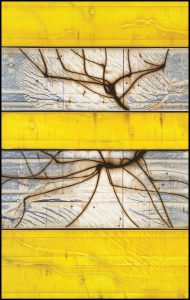
Sundried | Acrylic on Panel | 72 x 48 inches
Kessler won a scholarship to Kutztown University of Pennsylvania and flourished under the mentorship of James Carroll, founder of its New Arts Program, which brought influential painters, sculptors, poets, writers, dancers, gallerists, curators, and collectors to the campus. Kessler was particularly influenced by avant-garde composer Philip Glass. “He came to Kutztown probably a dozen times, and I spent a lot of time with him. I love his music, and a lot of the repetition in my work comes from his musical structures.”
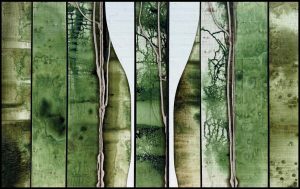
Emeraldaspen | Acrylic on Panel | 30 x 48 inches
Visitors from the gallery and museum worlds discovered Kessler and took him under their wing. Those contacts led to four New York shows in the 1980s; and, in 1990, he was awarded the prestigious Rome Prize to live and paint for a year in the Eternal City. A museum show in Allenton, Pennsylvania, and a teaching appointment at Pittsburgh’s Carnegie Mellon Institute followed.
In 1995, Kessler moved to Santa Fe. Since then, he says, “My work has become more transcendental and meditative.” Indeed, those words very much describe his process, in which he strives to bring together disparate or opposite atmospheric elements or qualities. “There’s not a lot of brushwork, but I use trowels and squeegee-like instruments I made in a metal shop 30 years ago,” he says. “And I embellish a lot of paper with different kinds of markings, then glue them to the panel and work over the top of that with even more translucent and opaque acrylic layers.” As for what viewers might see as tree-like images, he says, “It gets back to those early days when I used to go out and sketch in the woods. That worked its way into my soul and remains a connection to my past. But it’s the painting that is most important.”
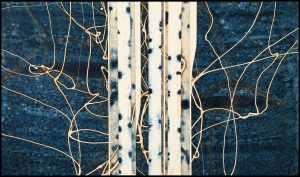
Brushgrove | Acrylic on Panel | 30 x 48 inches
See Michael Kessler’s work at Canyon Road Contemporary in Santa Fe, New Mexico, where he’ll have a solo show of new works August 7 to 16, 2026; Ann Korologos Gallery in Basalt, Colorado; Gallery Wild in Jackson, Wyoming; Gallery Mar in Park City, Utah; Kelsey Michaels Fine Art in Laguna Beach, California; Edna Gallery in San Luis Obispo, California; Callan Contemporary in New Orleans, Louisiana; Gruen Galleries in Chicago, Illinois; Judy Ferrara Gallery in Three Oaks, Michigan; Joseph Gierek Fine Art in Tulsa, Oklahoma; and Schmidt Dean Gallery in Cherry Hill, New Jersey.
Based in Marin County, California, Norman Kolpas is the author of more than 40 books and hundreds of articles. He also teaches nonfiction writing in The Writers’ Program at UCLA Extension.





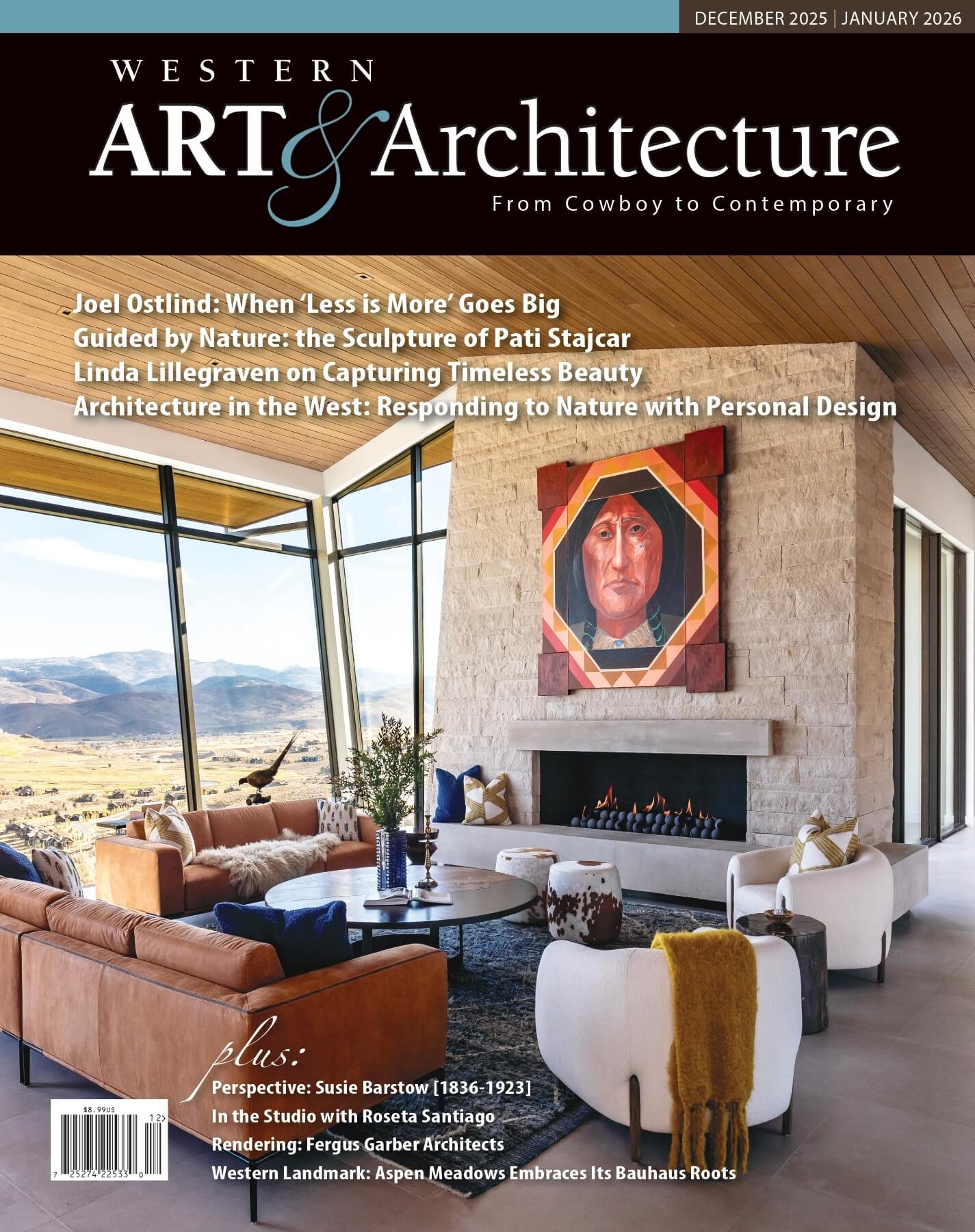
No Comments